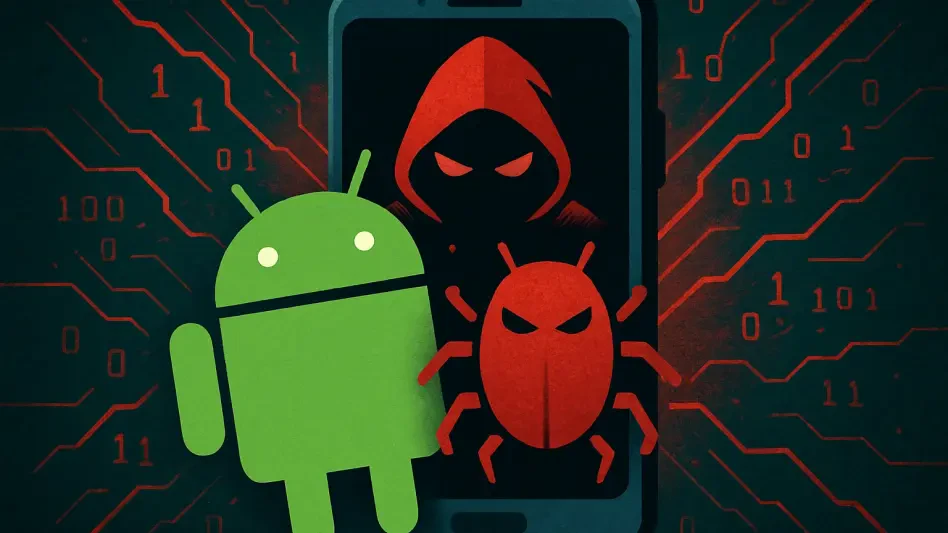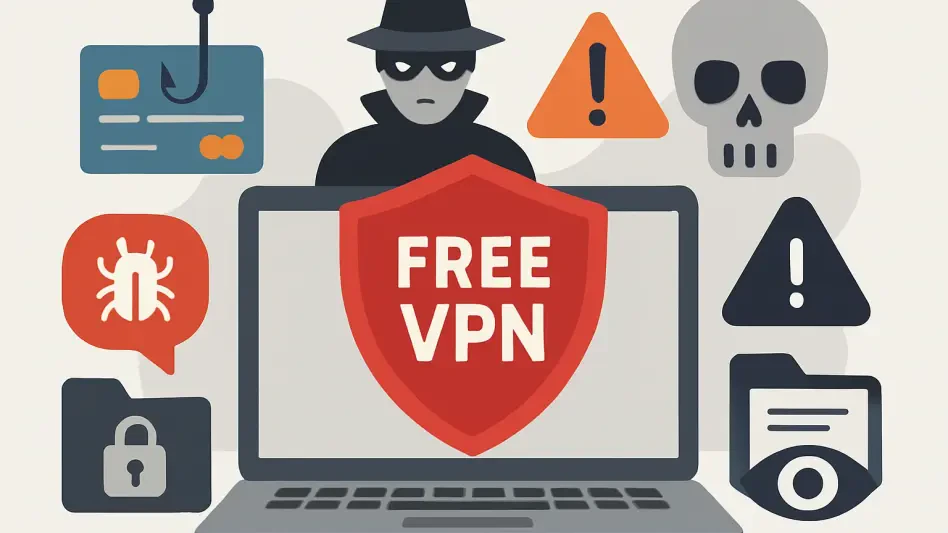Phishing remains a significant threat to organizations, constantly evolving and catching even the most prepared off guard. Despite advancements in technology, phishing attacks have grown more sophisticated, mimicking legitimate correspondence and fooling even those trained to discern real from fake. This persistence in the threat landscape has led companies to implement phishing simulations as a proactive measure to strengthen employee awareness and response to these ever-present hazards. These simulations aim to mimic real-world phishing attempts, enabling better preparation and response from employees while fostering a security-conscious culture. However, not all phishing simulations are created equal, and developing an effective training program requires careful consideration and execution to yield significant results.
The Importance of Effective Phishing Simulations
Organizations investing in phishing simulations need to recognize the prevalent threats their employees face while ensuring the training resonates accurately with real-world scenarios. The simulations must be more than just a checkbox in compliance; they should be an integral part of a dynamic security strategy tailored to counter evolving phishing tactics. By incorporating recent threat intelligence, companies can generate more realistic simulation content that enables employees to stay alert to the latest trends in phishing attacks. HR departments often collaborate with IT teams to create these simulations, with HR focusing on engagement and education while IT handles technical complexities. Together, they ensure the training is both relevant and practical in combating modern phishing schemes.
Research into the efficacy of different phishing training methodologies has shown that the gap in user failure rates between trained and untrained individuals is not as wide as one might expect. However, this conclusion is nuanced, as factors such as organizational culture, training content, and evaluation metrics can significantly influence outcomes. For instance, failure to update and evolve training alongside emerging threats can render it obsolete, reducing its effectiveness. Organizations that integrate adaptive simulations and behavior-based training, particularly for new employees, document notable reductions in phishing-related incidents, illustrating the importance of continuous education over time.
Common Pitfalls of Phishing Simulations
One challenge frequently encountered with phishing simulations is employee fatigue, which can lead to diminished returns in training efficacy. When employees grow weary of repeated testing, their attention to actual threats may wane, creating the opposite effect of what is intended. Moreover, poorly designed simulations that employ generic or outdated examples risk making employees complacent, as the tests may not align with threats they encounter in their specific roles or industries. This misalignment hampers the potential for creating lasting behavioral change in employees.
Another significant issue arises when employees feel penalized or embarrassed by mistakes made during such simulations. This negative reinforcement can foster a culture of fear rather than learning and improvement. Employees who perceive the training as punitive or who are apprehensive about repercussions may become less willing to report real phishing attempts or other security incidents. Encouraging a compassionate approach, where mistakes become opportunities for growth rather than blame, can significantly increase engagement and preparedness within the workforce.
Strategies for Enhancing Phishing Training
To genuinely enhance the effectiveness of phishing simulations, organizations must first conduct a thorough risk assessment to understand the specific vulnerabilities within their workforce. Identifying which employees or departments are at the greatest risk allows companies to tailor training efforts accordingly. Involving IT professionals in developing simulations ensures that the content is current, relevant, and reflective of the threats facing the industry. Additionally, managing expectations is crucial; clearly explaining the purpose of the simulations and the goals behind them can mitigate anxiety and enhance participation.
An optimal training program should emphasize a no-fault approach to errors found during simulations, enabling a learning-focused environment where employees are encouraged to report suspicious activity promptly. Choosing the right vendor is equally important, as they should offer realistic, adaptable simulations and user-friendly platforms that provide detailed feedback on employee performance. Gathering employee feedback post-simulation helps shape and refine training programs, ensuring they remain effective and aligned with both organizational goals and employee needs.
Embracing Continuous Learning and Improvement
Organizations that invest in phishing simulations must recognize the threats their employees face while ensuring training reflects real-world scenarios. These simulations should not just serve as a compliance checkbox, but as a pivotal component of a dynamic security strategy aimed at countering evolving phishing tactics. By incorporating up-to-date threat intelligence, companies can develop realistic simulations, keeping employees vigilant against the latest phishing trends. Typically, HR teams work alongside IT to create these simulations—HR focuses on employee engagement and education, while IT manages technical aspects. This collaboration ensures that training is both pertinent and effective in addressing modern phishing schemes.
Research indicates that the difference in failure rates between trained and untrained users isn’t as large as expected, though this varies widely. Factors like organizational culture, training content, and metrics can greatly affect outcomes. Neglecting to update training to meet new threats can render it ineffective. Organizations that use adaptive simulations and behavior-based training, especially for new hires, see significant reductions in phishing incidents, underscoring the need for ongoing education.








